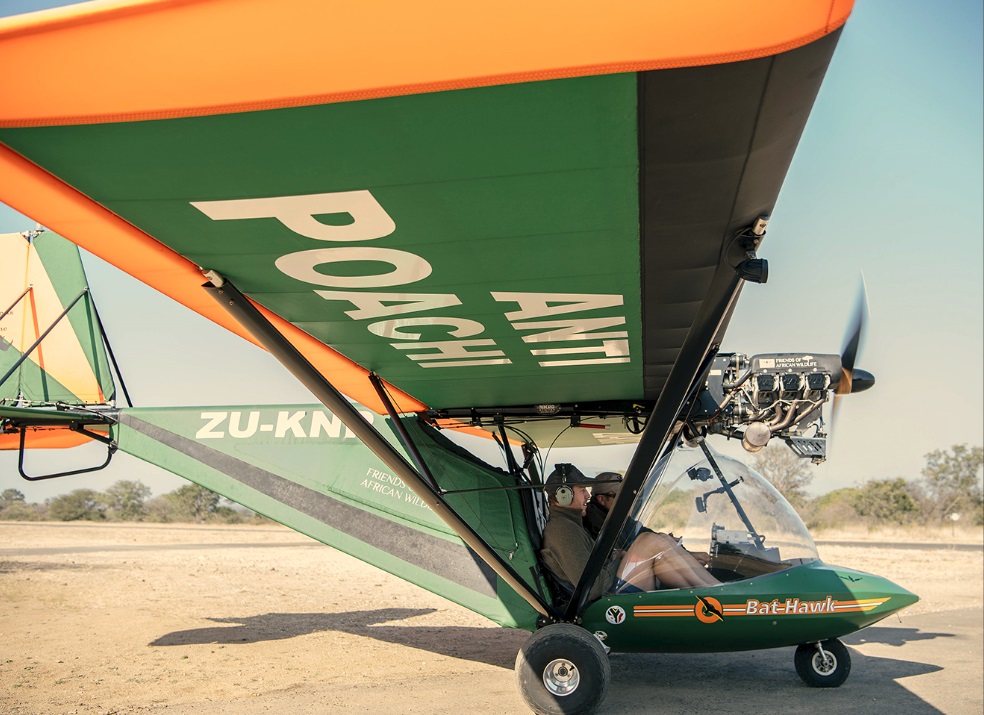Photo © Brandon Siu
‘Gazing up at the Milky Way is one of the best free things you can do in this life’, reports the UK Telegraph! In fact, the wonder of the Milky Way, the Southern Cross, the Aoreola Boreolis and such, have fascinated humankind since the beginning of time!
In this new world of artificial light, a truly dark sky has become somewhat of an endangered species, and that is why the International Dark Sky Association is working towards preserving and protecting the night sky environment by restricting and managing the use of artificial light. They have officially recognised 11 Dark Sky Reserves all over the world, that offer the least light pollution and make for exceptional stargazing.
“A Dark Sky Reserve is a public or private land possessing an exceptional or distinguished quality of starry nights and the nocturnal environment is specifically protected for it’s scientific, natural, educational, cultural, heritage or public enjoyment.” – IDA
Introducing 11 Dark Sky Reserves
Mount Cook National Park. Photo: Alex Dahlberg
Aoraki Mackenzie Dark Sky Reserve — New Zealand
Aoraki Mackenzie Dark Sky Reserve is the largest dark sky reserve in the world! It is 4300 square kilometers in the MacKenzie Basin of the South Island of New Zealand which encapsulates Aoraki Mt Cook National Park and the villages of Tekapo, Twizela and Mt Cook. It is one of the best places to view the Aurora Australis aka the Southern Lights!
Orion Nebulla. Photo: © Bryan Goff
Brecon Beacons National Park — Wales
Brecon Beacons National Park is one of three national parks in Wales centered on the Brecon Beacons range of hills in Southern Wales. On a clear night, you could see part of the Great Bear constellation, the North Star, bright nebulas and even meteor showers. The area is bare grassy moorland with scattered pasture and valleys and is home to a range of nocturnal animals including barn owls, lesser horseshoe bats, foxes, badgers, dormice, hedgehogs, moths and insects which you might be lucky enough to see while out stargazing!
Exmoor National Park -England
Exmoor National Park Dark Sky Reserve stretches over 83 square kilometres and is a landscape famed for its woodland, wildlife and ancient churches. Proclaimed Europe’s first Dark Sky Reserve in 2011, it offers many safe and accessible stargazing locations where you can see 3000 stars with the naked eye and is a great place to view the Orion constellation. Best viewing locations are Dunkery Beach, Webbers Post, Brendon Two Gates and Pinkery Centre for Outdoor Learning.
Our closest neighbouring galaxy the Andromeda Galaxy is only a few thousand light years away. Photo: Byran Goff
Kerry Dark Sky Reserve — Ireland
The Kerry Dark Sky Reserve is an area of exceptional natural beauty both on land and in the sky. The reserve stretches over 700 square kilometres, it is one of the few reserves to have a residential core zone that has strict artificial lighting regulations to preserve the night sky. The reserve boasts viewing of the Milky Way, Andromeda Galaxy not to mention Star Clusters and Nebula’s all visible with the naked eye!
Mont-Mégantic — Québec
Min Megantic in Canada’s Quebec was the world’s first Dark Sky Reserve and includes the county municipalities of Granit and Haut-Saint-François and the city of Sherbrooke, as well as Mont-Mégantic National Park, its famous observatory and a unique visitor centre. The observatories offer visitors the chance to admire ancient stars and planets and even the northern lights if lucky!
Moore’s Reserve — South Downs, England
Just 100km out of greater London, the Moore’s Dark Sky Reserve offers exceptional views of Sirius the Dog Star, the Seven Sisters and the Milky Way!
Stargazing in Namibia. Photo: © Jonathan Pie
NamibRand Nature Reserve — Namibia
NamibRand Nature Reserve is Africa’s only Dark Sky Reserve and one of Africa’s largest private nature reserves that have expanded its conservation role to include the star-filled skies. The nearest community lies some 96km away making it one of the darkest reserves on record and is home to some of Africa’s most charismatic species such as Hyena, Leopard, Giraffe, Zebra and more!
Pic du Midi — France
Pic du Midi is located in the mountainous region of Southern France and encompasses both a UNESCO world heritage site in Pyrénées-Mont Perdu and a French National Park (Pyrénées National Park). The exceptionally dark skies over the Pyrenees Mountains are what earned its dark sky status and offers one of the premier astronomical research facilities in Europe the Pic du Midi Observatory.
Rhön Dark Sky Reserve — Germany
UNESCO established the Rhon Biosphere Reserve in 1991 and is 1720 square kilometers of protected lands including the Rhon mountains reaching an elevation of 950 metres. Far from any German cities, this dark sky reserve offers outstanding views of the night sky.

Exploring the hills of Snowdonia with only a billion stars for company. Photo: © Joshua Earle
Snowdonia National Park — Wales
Snowdonia National Park Dark Sky reserve is known for its natural beauty comprising of evergreen valleys, lakes, and mountains. It is a region that covers 18% of Whales and on a clear night offers lovely viewings of the Milky Way, all the major constellations, nebulas (bright clouds of gas and dust) and shooting stars.
Westhavelland Nature Park — Germany
Westhavelland Nature Park compromises of the largest contiguous wetland of any individual European country. It’s Dark Sky reserve is 750km sq of public and private land just 70km west of Berlin.
Feeling small beneath a night sky.
Tips For Stargazing
– Go on a clear night with no clouds.
– Avoid white light (e.g using your phone). It takes about 20 minutes for your eyes to adjust to darkness after looking at a phone to see the stars in their full glory.
– Red lights are good alternative as a light source as they don’t affect your eyes in the same way.
– You don’t need a telescope straight away. Start with a pair of binoculars. You’ll be amazed at how much you can see!
– Cold, winter nights are best as they are the clearest as humidity and heat create haze.
– Don’t go on a full moon as the moon generates too much light.
– Get a star chart so that you know what you are looking at and what to look for.
– Learn the difference between planets (they don’t sparkle, are stationary and are brighter than stars) and stars (they sparkle).
Sources:
http://mentalfloss.com/article/66316/13-tips-stargazing-astronomers
http://mentalfloss.com/article/66316/13-tips-stargazing-astronomers
